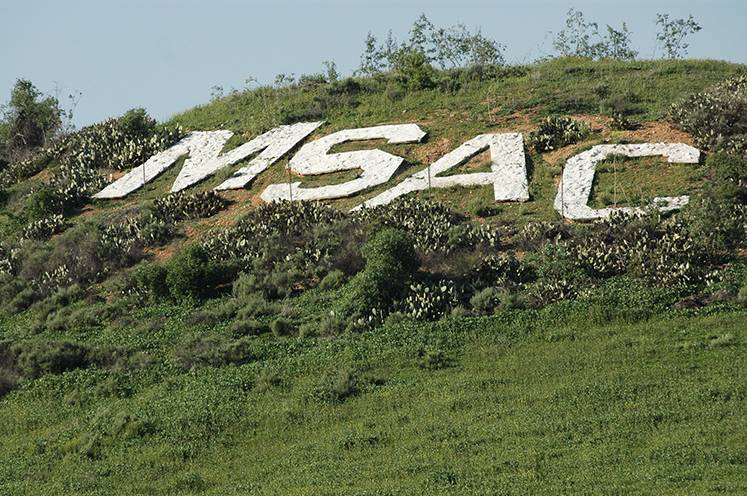Court Ruling Provides Clear Path for Mt. SAC Solar Project

April 05, 2017 - 12:44 AM
A judge’s ruling provided Mt. San Antonio College with a clear path forward for the college to construct its solar project, which had been challenged by the City of Walnut and nearby residents.
In a March 14 ruling, Los Angeles Superior Court Judge James C. Chalfant found that the proposed project, as a solar generation facility, is exempt from all city land use, zoning and building controls, thus canceling the city’s stop-work order. He also denied the city’s request to assume lead agency status, which means Mt. SAC maintains the primary responsibility for carrying out the project under the California Environmental Quality Act (CEQA).
“We are pleased the judge supported Mt. SAC’s position on this matter,” said Mt. SAC President Bill Scroggins. “We are looking forward to working cooperatively with the City of Walnut and neighbors.”
The judge ruled that Mt. SAC is not required to apply to the City of Walnut for a conditional use permit or building permit but must submit grading and truck hauling plans. City engineers must review and process the grading plans for approval. The city’s review authority over grading plans is limited by a state code to only onsite design and construction issues regarding grading, meaning Mt. SAC is not required to comply with city ordinances regulating a usage of property that might impact drainage or road conditions. Mt. SAC had previously submitted grading plans and will now submit truck hauling plans as well.
“The college has had a long history of working with the city on construction issues such as grading and truck hauling,” Scroggins said. “We will monitor the city's progress on the review of our grading and hauling plans and collaborate with city staff to expedite the process.”
The solar project will be located on Mt. SAC-owned property commonly known as the "West Parcel," a triangular piece of land located west of Grand Avenue, south of Temple Avenue/Amar Road.
The system will generate 2.2 megawatts of electricity for the campus, saving taxpayers a minimum of $480,000 a year and an estimated $15 million over the 25-year life cycle of the system. This project, plus the college’s existing cogeneration plant, will move Mt. SAC closer to energy independence and improve the quality and reliability of the campus electrical service. Funding for the project includes voter-approved Proposition 39 Clean Energy Funds, California Solar Incentive Funds, and California Energy Commission loans.
As a result of the judge’s review of Mt. SAC’s preparation of environmental impact reports (EIR), the college will prepare and circulate an initial study for the solar project under CEQA within the next month. The entire CEQA process could take two to four months after the initial study. The initial study will investigate all environmental impacts, including traffic, air quality, biology, noise and other CEQA-defined environmental impacts. It may also include mitigation measures that reduce environmental impacts of the solar project to less than significant.
“Once the CEQA process is complete, the college will be able to proceed on this important project,” Scroggins said.

